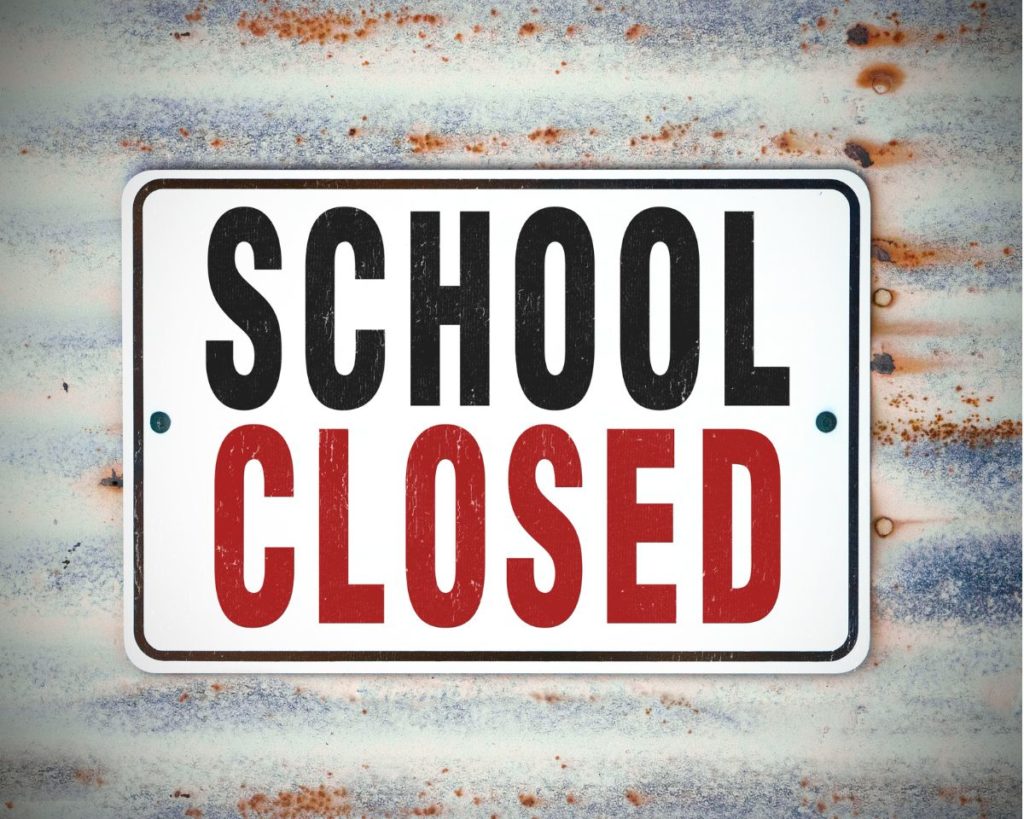New data has again shown that charter school students are receiving quality opportunities.
The Colorado Department of Education recently released its School Performance Framework (SPF) results for 2023-24, providing another fundamental lesson that charter schools are getting it right.
Last year, the CREDO report from Stanford University showed that charter students are getting significantly more days of education in math and reading than non-charter peers. Now, CDE reports that 83 percent of charter students in Colorado are more likely to attend a highly-rated school. That’s 10 points higher than last year and 14 points higher than non-charter peers.
In other words, when it comes to the education of Colorado’s children, charter schools continue to raise the bar while at the same time serving more students of color and low-income students than their peer schools across the state.
Here are some highlights from an analysis of recent SPF results:
- More than three-quarters (77 percent) of Colorado charter schools achieved a “Performance” rating on the SPF, nine points higher than non-charters. Performance is the top tier on a four-level scale (followed by Improvement, Priority, and Turnaround).

- As mentioned above, 83 percent of charter students attended a Performance school. Non-charter schools were 14 points lower. And remember that charter schools educate more students of color and ELL students than non-charters.
- A higher proportion of charter school students of color, low-income students, English learners, and special education students attended Performance schools than their counterparts in district-run schools. Those gaps range from 19 percentage points (ELL students) to 12 percentage points (special education students).

The data and results are a positive example of how a robust educational ecosystem supports all students in public charter schools and traditional schools alike. Perhaps the shrillest critics might pause their misguided rhetoric to examine how we can all learn from these results to improve public education for all Colorado children.
The data also suggest that parents know best which educational option fits their child’s educational needs. Providing options between public schools A, B, and C can no longer be about adult politics, party platforms, or governance models if we care about the outcomes.
It’s elementary. Let’s look at the data and support increased opportunity for each and every student.




